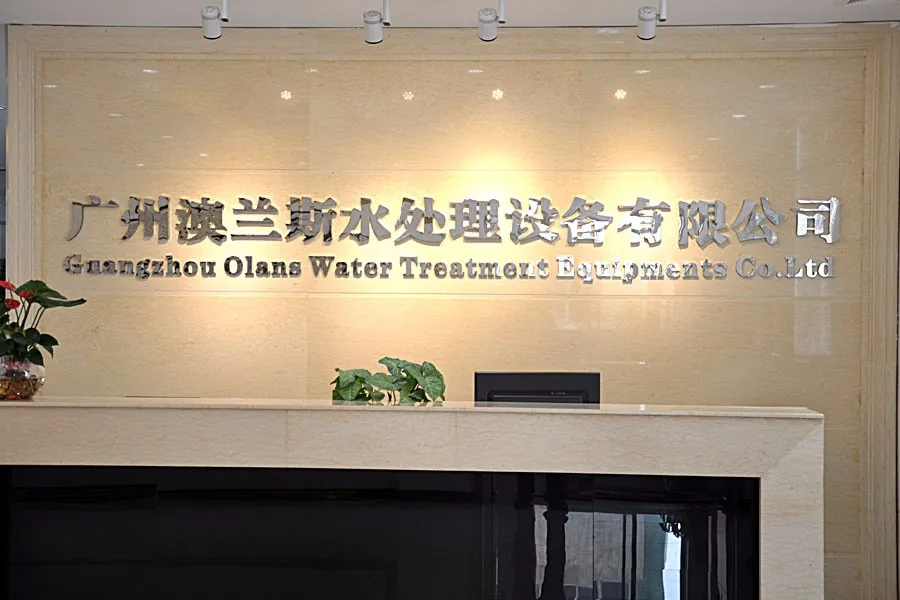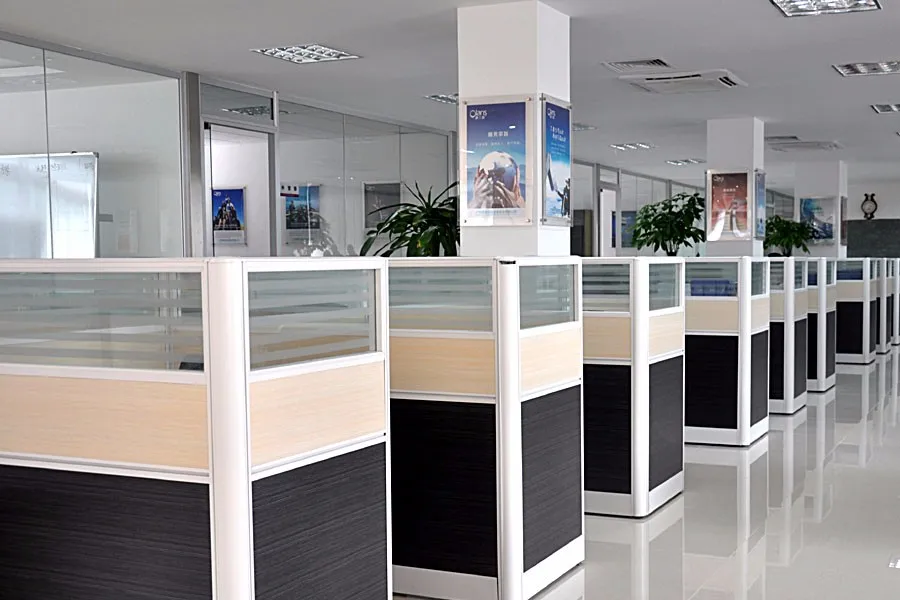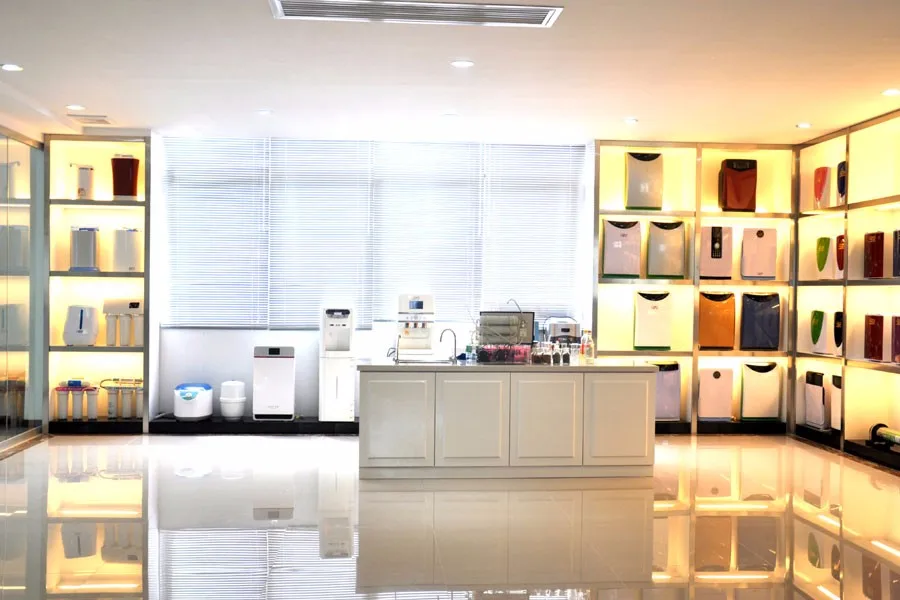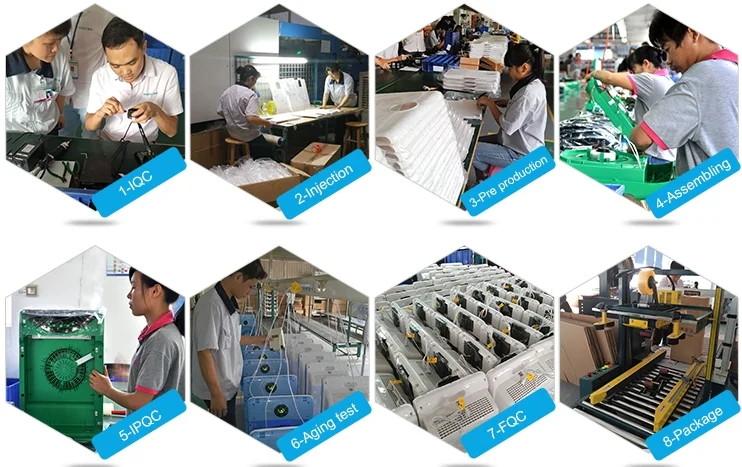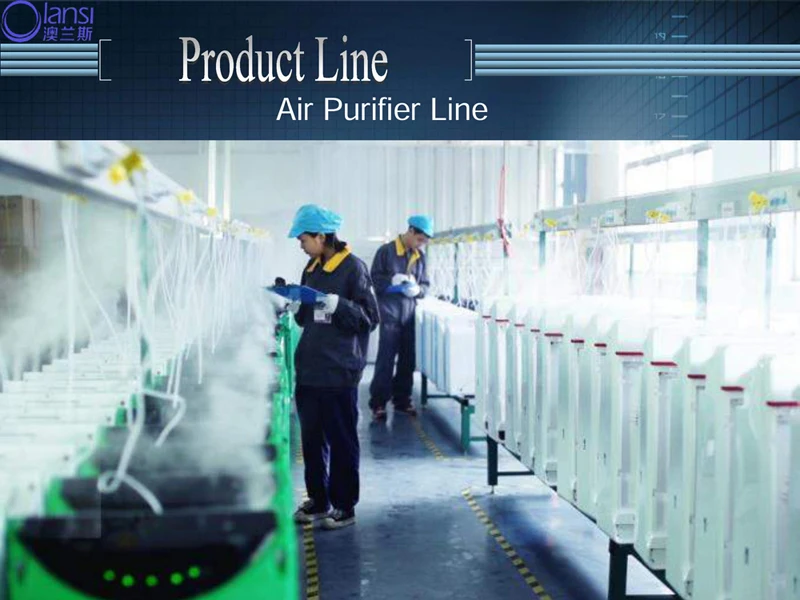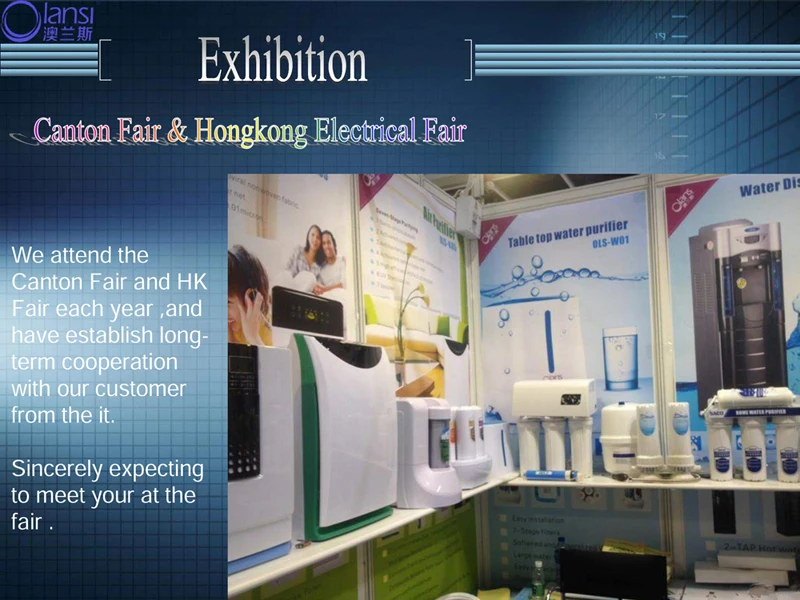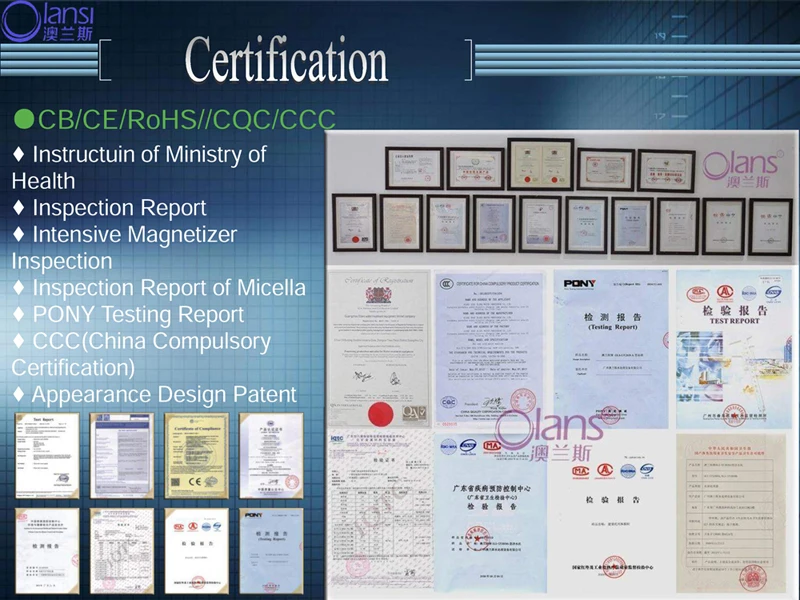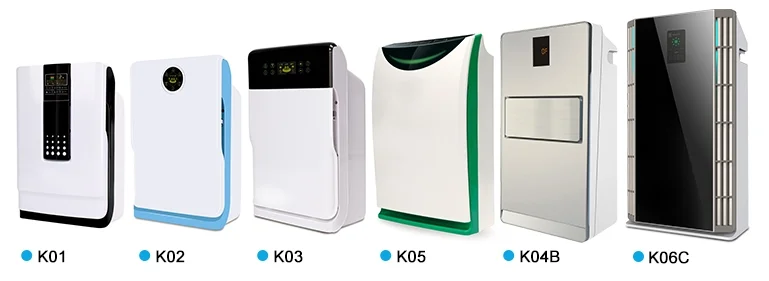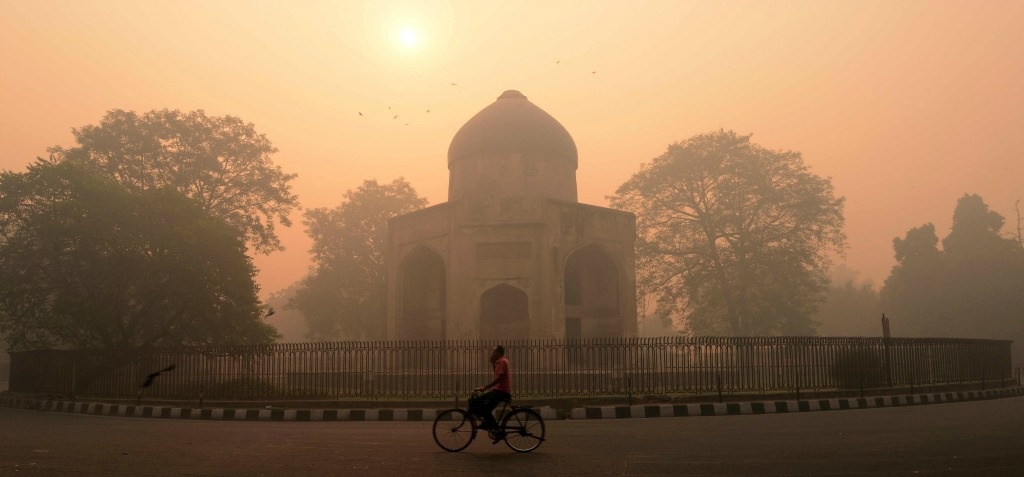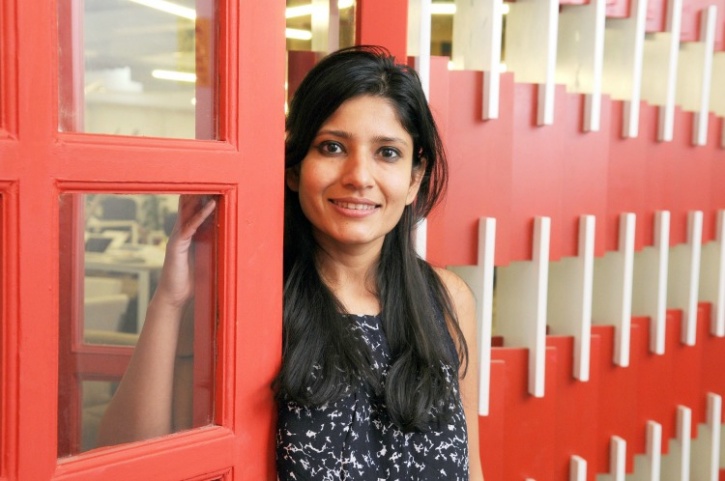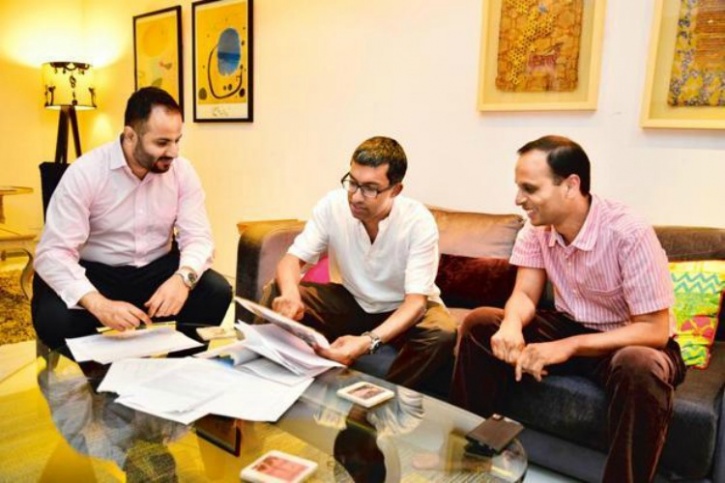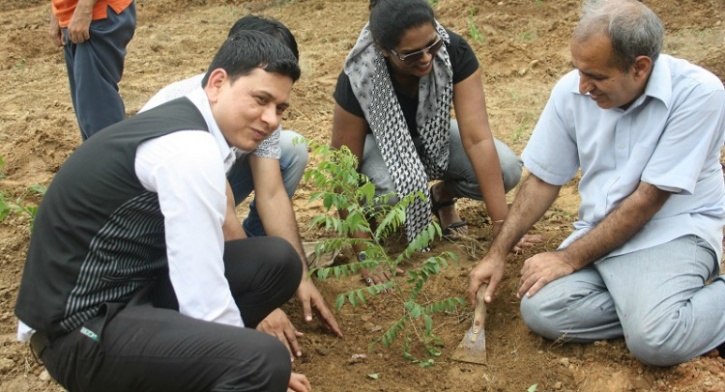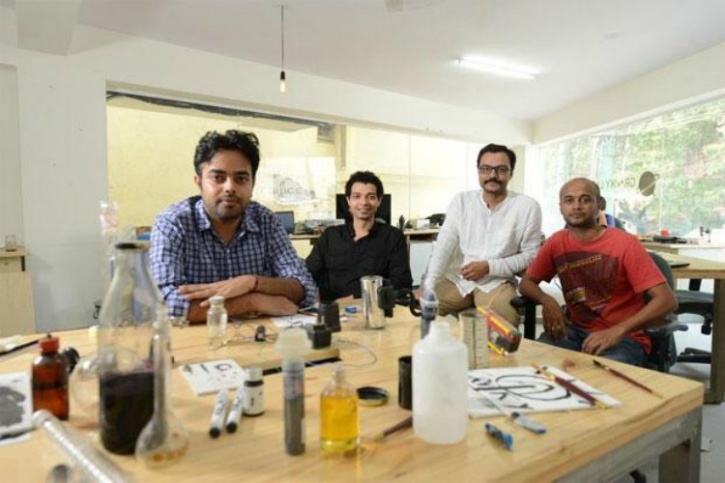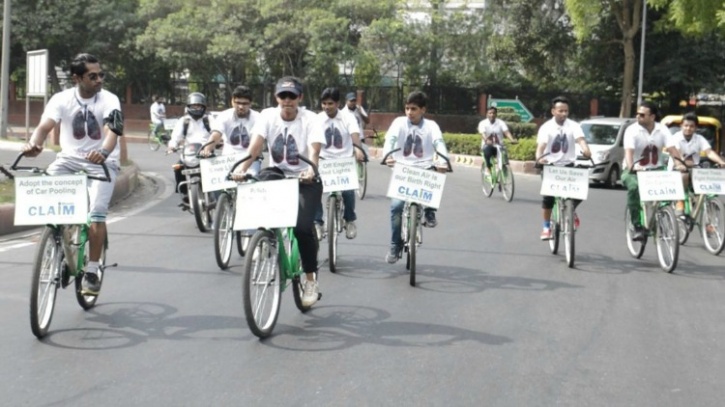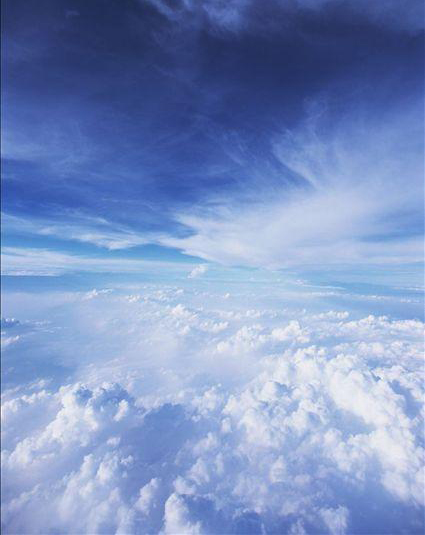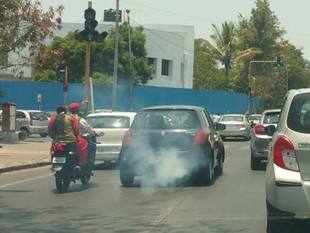Air purifiers are devices that aim to clean indoor air by filtering out particulate matter like dust and pollen, gaseous pollutants like hydrocarbons, and unpleasant odours.
According to manufacturers, in most devices, air passes through three layers of filters — a “pre-filter” that captures the bigger particulates, a carbon-activated middle filter for gaseous pollutants, and the innermost “High Efficiency Particulate Arrestance”, or HEPA, filter whose intricate honeycomb structure captures finer particulates.
Manufacturers usually promise additional benefits through the use of other technologies. Some use photocatalytic oxidation or light-based triggers, some use electric processes which emit negative ions to attract positively charged particulates. Some devices use UV ray technology and ozone for filtration. Prices depend on the technology, type of filter used, and the volume of air the machine can clean.
How effective are the purifiers?
Most air purifiers have monitors that show levels of particulate matter coming down indoors by 50% to 90%. While international studies have shown PM levels fall with particular machines, there is virtually no peer-reviewed study in India or elsewhere to conclusively establish that air purifiers have tangible health benefits.
Dr Joshua Apte of the Department of Civil, Architectural and Environmental Engineering at the University of Texas at Austin, said by email: “I am not aware of many studies anywhere that demonstrate the health benefits of air purifiers — i.e., that people are healthier if they breathe purified air. The health benefits of breathing cleaner air are well understood in the health literature, but are often not directly tested for air purifiers.”
Prof Jeffrey Siegel of the Department of Civil Engineering at the University of Toronto, who has published several studies on indoor air quality and the science of purifiers, said that in general, the health evidence from the devices is still only “suggestive”.
“We know that reduced concentrations of pollutants are good for health and we know that good air purifiers reduce concentrations of pollutants, but we don’t directly know that air purifiers improve health. The exception to this is in the case of specific diseases (allergies, asthma) for which there is direct evidence,” he said by email.
Most international studies have documented a perception of improvement in air quality, rather than actual health benefits — which, according to scientists, may, however, be treated as indication of actual improvements in health.
In a recent report on air purifiers, ASHRAE, a reputed global society that works to develop scientific standards within the industry for engineering practices, noted: “Although perception of air quality comfort is not a health outcome, it may be considered an indicator of a potential subsequent effects of exposures on health.”
Dr T K Joshi, director of Centre for Occupational and Environmental Health at Delhi’s Maulana Azad Medical College, said, “The benefits air purifiers promise are largely restricted to particulates. While that may translate into benefits for many, right now these benefits are just anecdotal. We need more scientific studies to validate these claims.”
Some can actually be hazardous
The same studies that have found that some purifiers do, in fact, bring down particulates, have also cautioned that many purifiers emit negative ions and ozone as byproducts of the filtering process, which are hazardous to health.
The ASHRAE document said that “negative health effects arise from exposure to ozone and its reaction products”, and “extreme caution is warranted when using devices in which ozone is not used for the purpose of air cleaning but is emitted unintentionally during the air-cleaning process as a by-product of their operation”.
Three of the four market leaders in the segment in India told The Indian Express that they use this technology. Dr Siegel said: “I know that these air cleaners are widely sold, but I consistently recommend avoiding them. I cannot recommend any device that emits ozone into the air.”
Unlike West, no standards in India
Both environment watchdogs (such as the US EPA) and industry bodies (like the European Allergy Association and AHAM in the US) in the West have defined standards to determine the efficacy of air purifiers, relying broadly on the Clean Air Delivery Rate (CADR), which is the volume of clean air that a machine can deliver.
The EPA certifies a HEPA filter only if it can remove 99.97% of particles that are 0.3 micrometre in diameter, the CADR it decided on in the 1980s. In Europe, HEPA filters are graded from 9-17 depending on the percentage of particles they capture — from 85% to 99.999%. The classification takes into account the minimum zone of efficacy of the filter and the fall in pressure, and lays down the time after which the filter should be replaced.
While standards in the West were fixed decades ago, there are no defined standards in India yet, leading some manufacturers to seek accreditation from international regulators. “We got ourselves accredited from Germany. In the absence of any regulation, many fly-by-night operators are entering the market, the term HEPA is not understood by most manufacturers and customers, and anybody can bring a product into the market and define it as an air cleaner,” said Shashank Sinha, Senior General Manager, Marketing, at Eureka Forbes.
Vijay Kannan, CEO of Blueair India, said the company’s purifiers use technology that meet AHAM standards. “This accreditation mandates prerequisites in CADR, or the volume of clean air a machine can produce depending on the room size, the type of filters used, among other aspects,” he said.
So, what is a good air purifier?
According to Dr Apte, “For an air cleaner to be effective in a home, it must provide clean air to a home at a rate that exceeds the amount of pollution entering that home. Because most homes in Delhi are not tightly sealed, this means that a large CADR is required to balance pollution leaking in from outside. Leaky homes may require more air cleaners than well-sealed homes.”
Manufacturers Philips, Blueair and Eureka Forbes told The Indian Express that their studies showed their purifiers addressed particulates, gases and bacteria. Dr Joshi of COEH, however, said, “No matter what the companies say, the carbon filters do little to control gaseous pollutants. They do not address pollutants like benzene, other hydrocarbons and NO2.”
Dr Apte said buyers should look for cleaners with HEPA filters and high CADR. Dr Siegel said HEPA purifiers are advisable for anybody with respiratory conditions as a step towards reducing exposure to pollutants. However, HEPA filters get choked with dust, and have to be replaced every few months. “If they are not replaced, they can actually cause far more harm,” Dr Joshi said.
It does not help that these filters are expensive. While an air purifier can cost Rs 10,000-90,000, the HEPA filter, its most expensive part, needs to be replaced every 3-6 months, putting the device out of reach of many. “It is our aim to ensure that clean air does not remain a luxury of some. We expect the market to grow, and we believe clean air is a human right. So we are working towards achieving this, without compromising on quality,” Blueair’s Kannan said.
Dr Siegel pointed out, “A good air purifier is only good if it is used properly — which means maintenance, context, how well-matched it is to the space in which it is used, and other good indoor air quality practices like minimising sources of pollution and managing ventilation techniques like using less ventilation when the outside air is poor and more when it is good.”
Barun Aggarwal, who runs Breathe Easy, a full-service indoor air quality solutions provider, said companies may sometimes overstate the efficacy of their products. “Most air purifiers, including the brands I offer our clients, cover about half the room size they claim to cover. If a company claims it can cover 100% area, I tell my customers not to expect more than 50%,” Aggarwal said.





